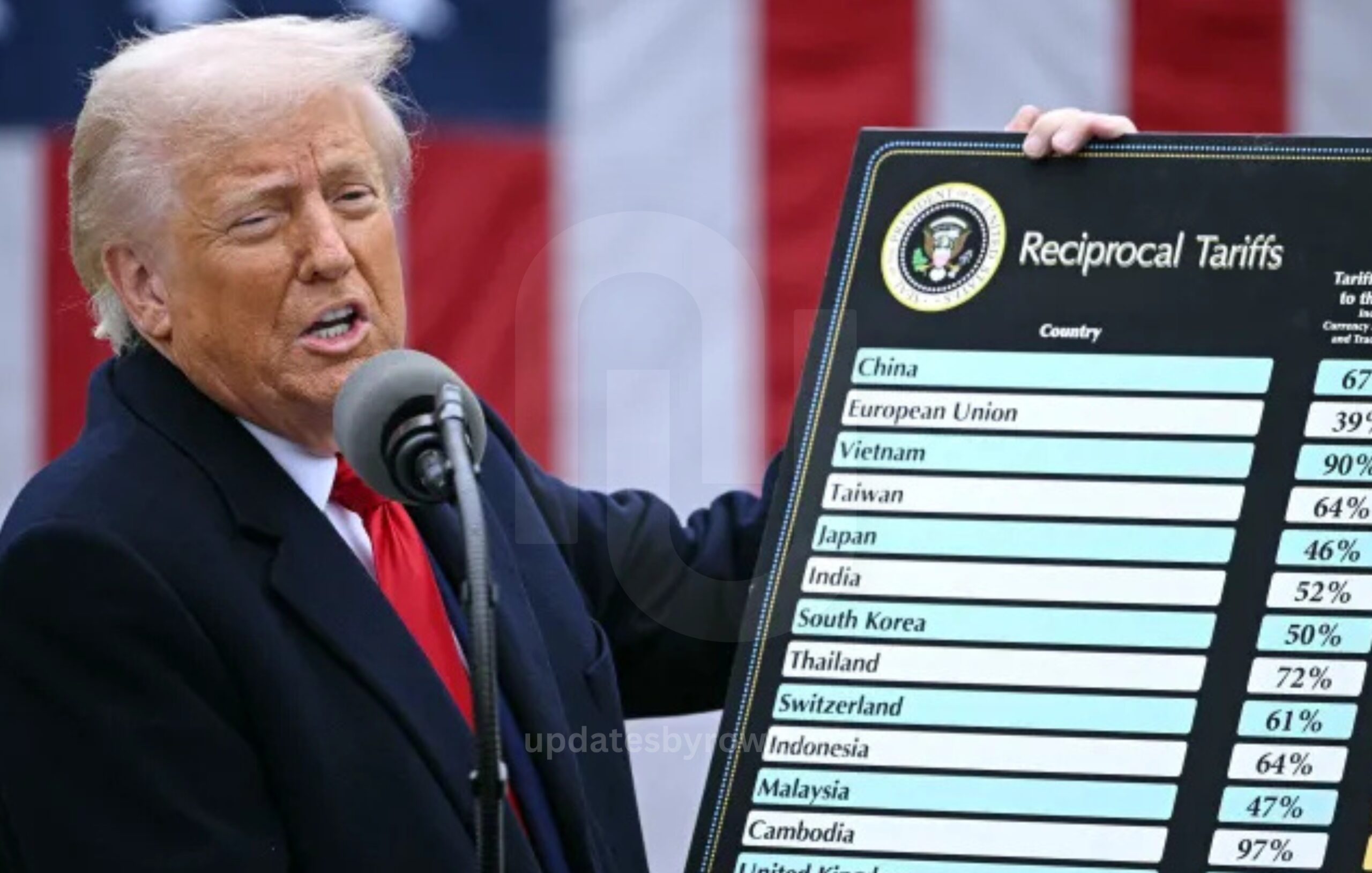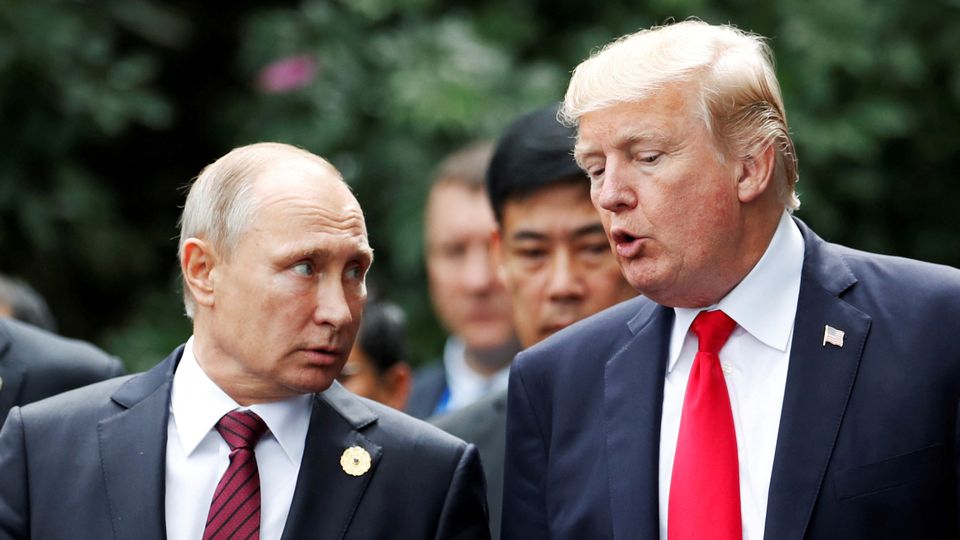Trump’s Reciprocal Tariffs: How Will Each Country Be Affected?
Trump Announces New Trade Tariffs
President Donald Trump has introduced a sweeping set of reciprocal tariffs that will impact nearly every country trading with the United States. This decision marks a major shift from Washington’s historical stance on free trade and globalization.
Trump’s move follows his return to office on January 20, 2025, and builds on his previous trade policies. His administration argues that these tariffs will address trade imbalances, particularly with countries that impose high duties on U.S. goods.
Why Are These Tariffs Being Imposed?
The United States had a massive $1.1 trillion trade deficit in 2023—the largest of any country. Trump claims these tariffs will create a fairer trading environment and protect American industries.
During his Rose Garden address, Trump justified the tariffs by stating:
“For decades, our country has been looted, pillaged, raped, and plundered by nations near and far, both friend and foe alike.”
He also referenced China, noting that the country imposes a 67% tariff on U.S. goods, whereas the U.S. previously charged much lower rates.
Which Countries Will Be Hit the Hardest?
Trump’s reciprocal tariffs target nations with whom the U.S. has a significant trade imbalance or those that impose high import duties on American products. Some of the most affected nations include:
- China – Will face a combined tariff of 54% after a new 34% reciprocal tariff is added to an existing 20% duty.
- Syria & Myanmar – These nations, already suffering from internal conflicts and economic instability, will struggle under these new tariffs.
- Sri Lanka & Pakistan – Both countries depend on IMF loans and may face further financial strain due to U.S. import restrictions.
What’s Next for Global Trade?
The tariffs are set to take effect on April 9, 2025, under an executive order signed by Trump. His administration argues that the tariffs will make global trade more balanced, but many experts warn that it could escalate into a full-scale trade war.
With tensions rising, international leaders are preparing countermeasures, which could lead to higher prices for consumers and further economic instability.
Stay Updated on Trade Policies
These tariffs are expected to have long-term effects on global markets. Follow us for live updates on how world economies respond to Trump’s trade strategy.




